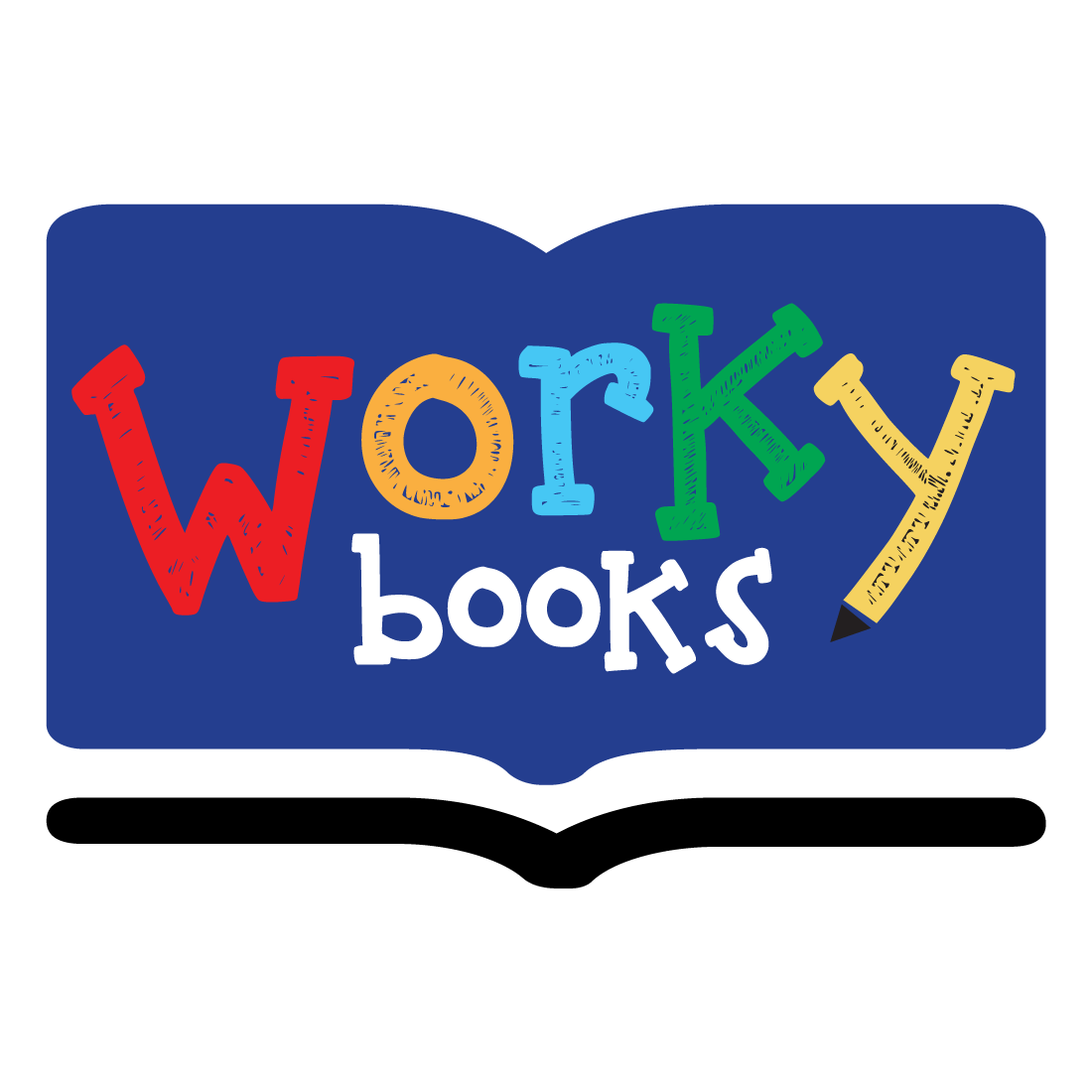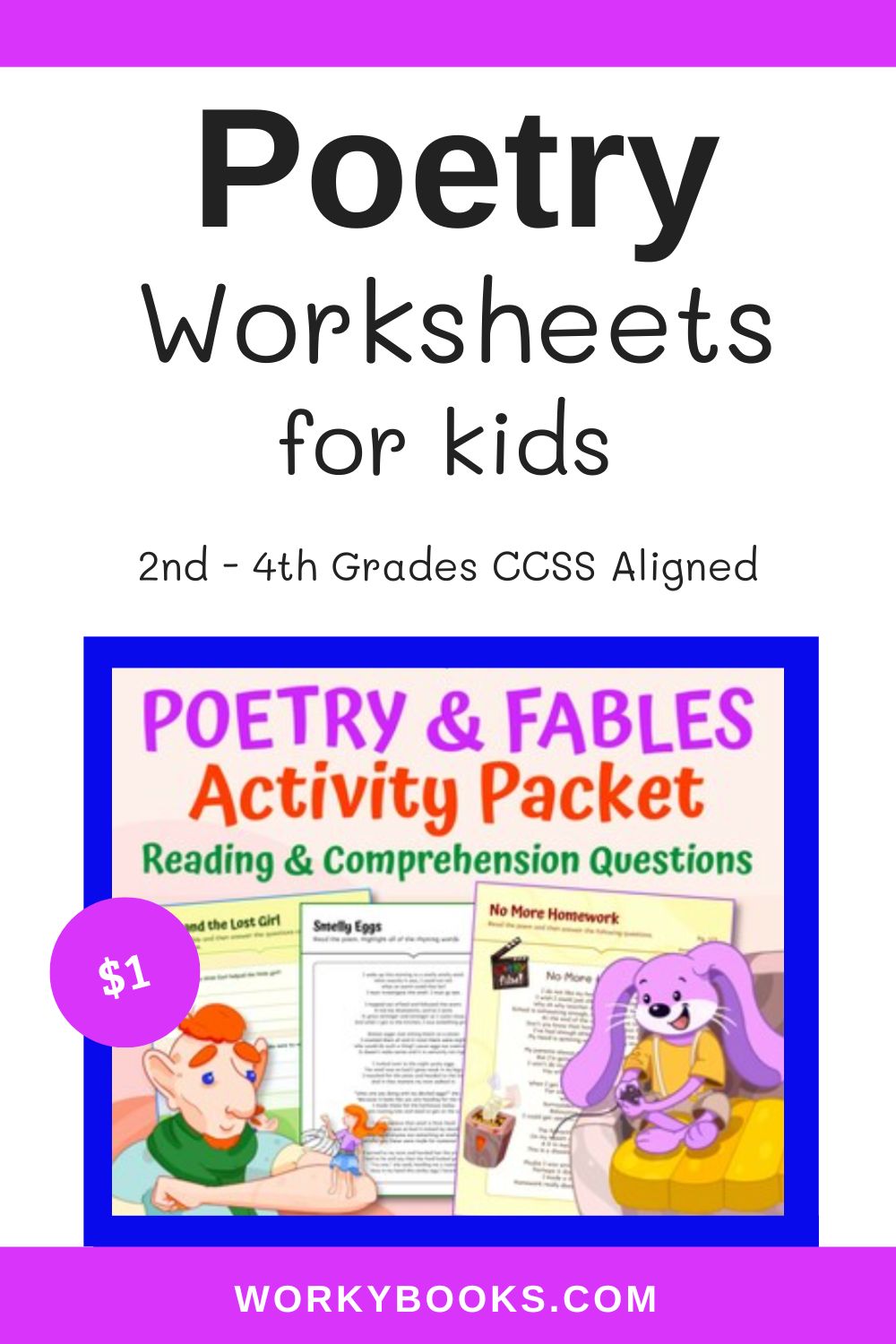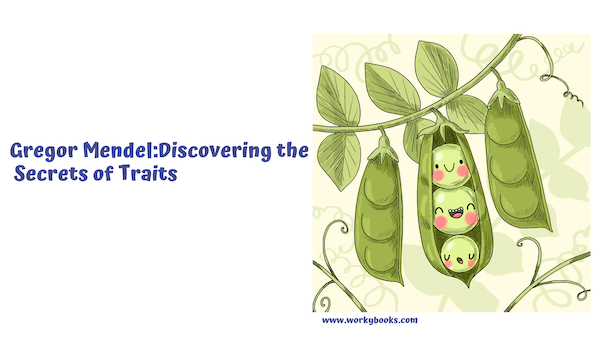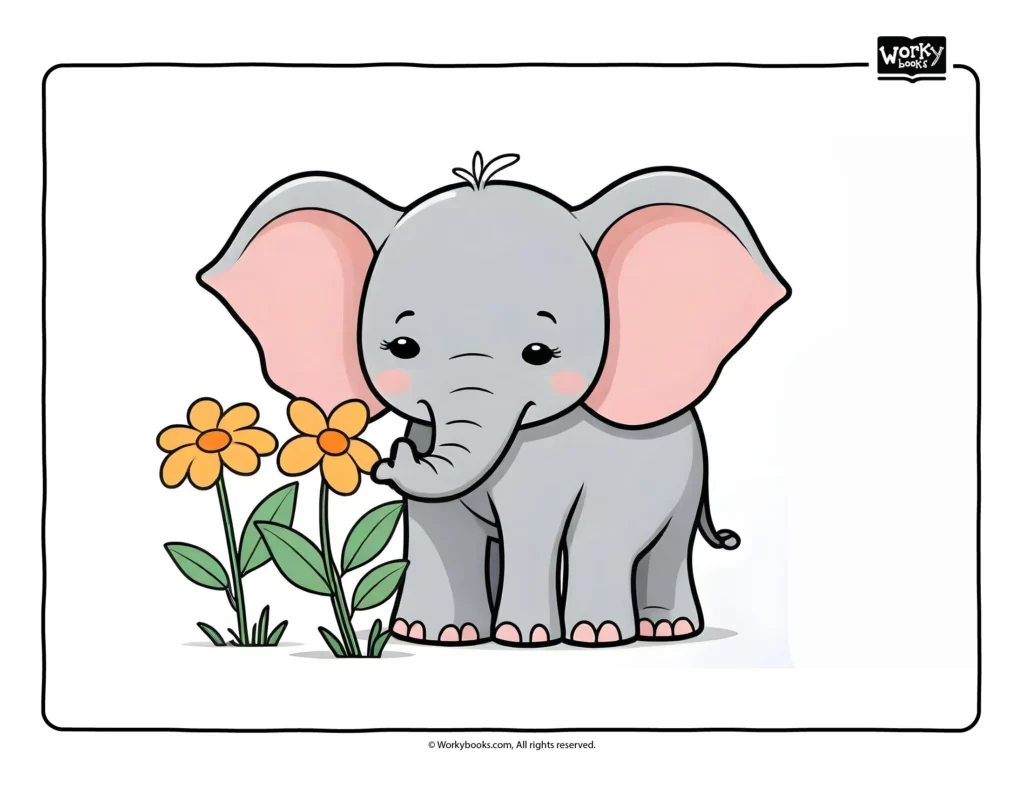10 Types of Poetry for Kids
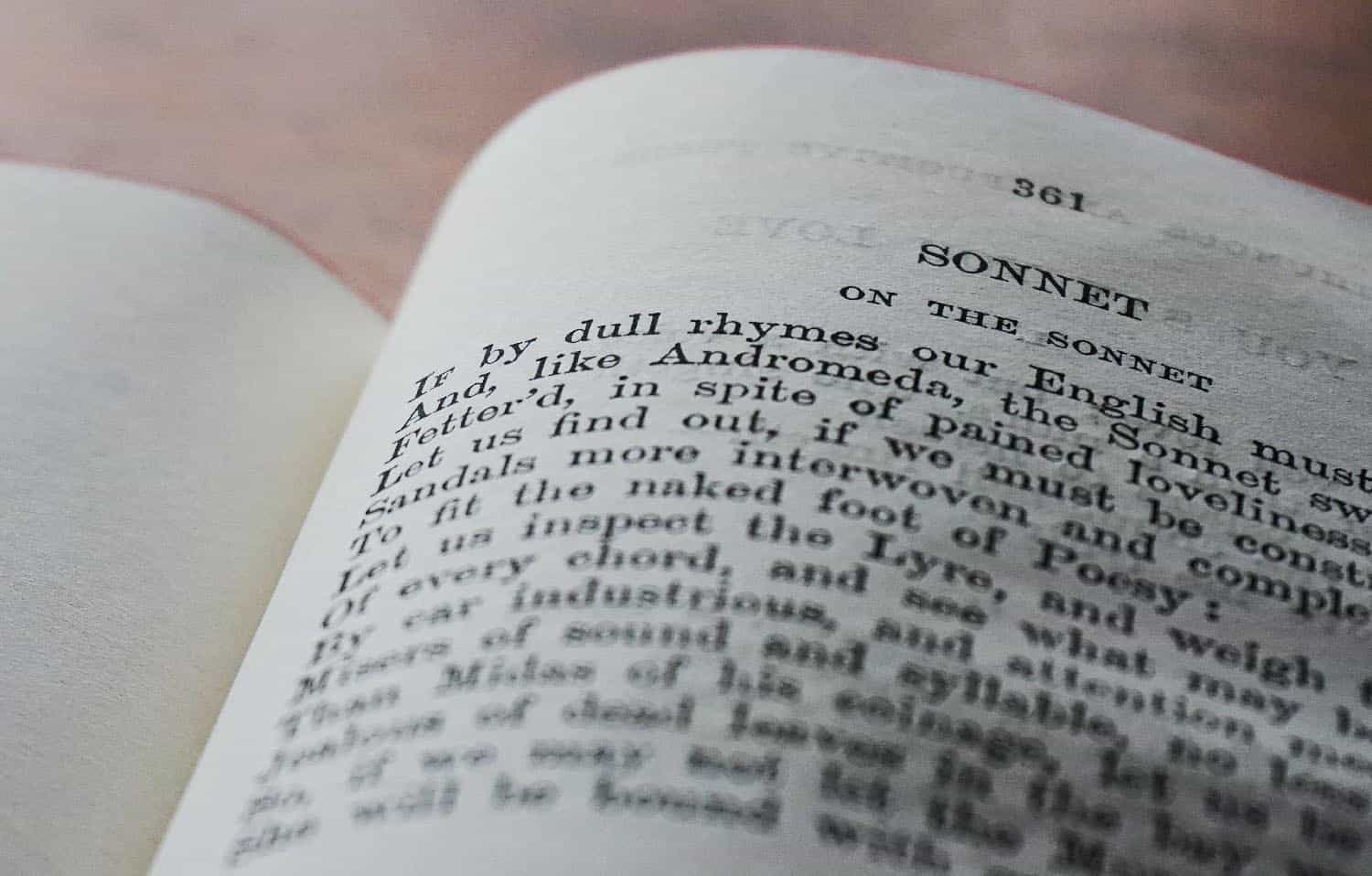
Most people think of rhyme scheme when they think of poetry, you know when first line and the third line rhyme.
There are so many different types of poems that are fun to help get kids interested in poetry! You don’t need to be William Shakespeare or start teaching poetry with iambic pentameter.
Poetry is just another form of literature.
Poets often use literary devices. (Literary devices are tools authors use to make their writing more interesting and meaningful.) A large part of learning how to use these devices in writing is being exposed to them in daily or weekly reading.
I highly recommend starting with reading a humorous poem or compilation of poems.
A great beginning poetry compilation book that focuses on humorous poems is My Parents Think I’m Sleeping by Jack Prelutsky. I personally gift this book often and it is very well received!
It is part of an I Can Read Series (Level 3) and the title of the book is a poem featured in the book. It is silly and funny and appropriate for 1st- 3rd grades or any grade beginning to learn to read & write with different types of poetry. The topics in this Level 3 reader are easily relatable for all ages and 2nd- 3rd graders can get a sense of how careful wording can help inspire readers or invoke a reaction.
TRY THIS:
Follow up your read-aloud by prompting students to discover which poetic devices were used in the poem. Teach this literary device (and others for the poems you are reading aloud) then have students choose the poetry forms that are most relatable to them and try them out in their own writing.
Short poems for kids are an excellent way to assist younger students in dabbling into poetry. I think second grade is the youngest grade I’d ask children to write a lyrical poem.. with three exceptions… An acrostic poem, a good night poem and alliteration.
Best form of Poetry for K-2 Students
Acrostic Poems
This is a really fun style of poetry to teach to K-5 students. It can be as simple as a poem using the letters of their name and adjectives they would use to describe themselves. Older students can use themes they are learning about like the seasons or something they are studying.
Alliteration
Is a poetic device sometimes called initial rhyme. It is the repetition of the initial consonant sound throughout the poem. There are many types of alliteration (but that we’ll maybe reserve for another post).
Good Night Poem
Another cute form of poetry that younger students can get into is a good night poem. Some families have really cute bedtime routines or ways of saying good night and that could be fun to put into a poetic form.
Best form of Poetry for 2nd Grade and up
Any of these forms of poetry can be simplified to teach to 2nd graders and up.
Haiku Poems
A Japanese haiku consists of 3 lines. The first line contains 5 syllables, the second line contains 7 syllables and the third line contains 5 syllables.
Example:
“A Poppy Blooms” by Katsushika Hokusai
I write, erase, rewrite
Erase again, and then
A poppy blooms.
Blank Verse
Is a poem that doesn’t rhyme and is often written in iambic pentameter (meaning that each line is made up of 10 lines- 5 stressed and 5 unstressed syllables). Shakespeare often used iambic pentameter.
Concrete Poems
This type of poetry is really fun! The subject of the poem is often the shape that the poem itself takes. So if your poem is about a dog the student would use words and typographical effect to arrange the words in the shape of a dog.
Example: The Mouses’ Tale by Lewis Carroll (in the shape of a mouse’s tail).
Free Verse Poems
With this style of poetry there are no rules or patterns really. Poets craft meaningful prose without rhyme scheme, meter or any particular form.
Sonnet Poetry
A classical 14 line poem that often follows a specific rhyme scheme. Popular examples of sonnets include; Italian sonnet, Petrarchan sonnet and the Shakespearean sonnet.
Lyrical Poetry
Lyric poetry is the most common type and includes haiku, ode, elegy, and limericks. It is characterized by expressing emotion through verse. Fun fact: originally lyric poems were sung along with instrumental music (as the name suggests).
Narrative Poem
As the name suggests use poetry to tell a story. Famous examples are: Edgar Allen Poe’s “The Raven” and Henry Wadsworth Longfellow, “Paul Revere’s Ride”.
With all of these different types of poems… which will you teach first?
